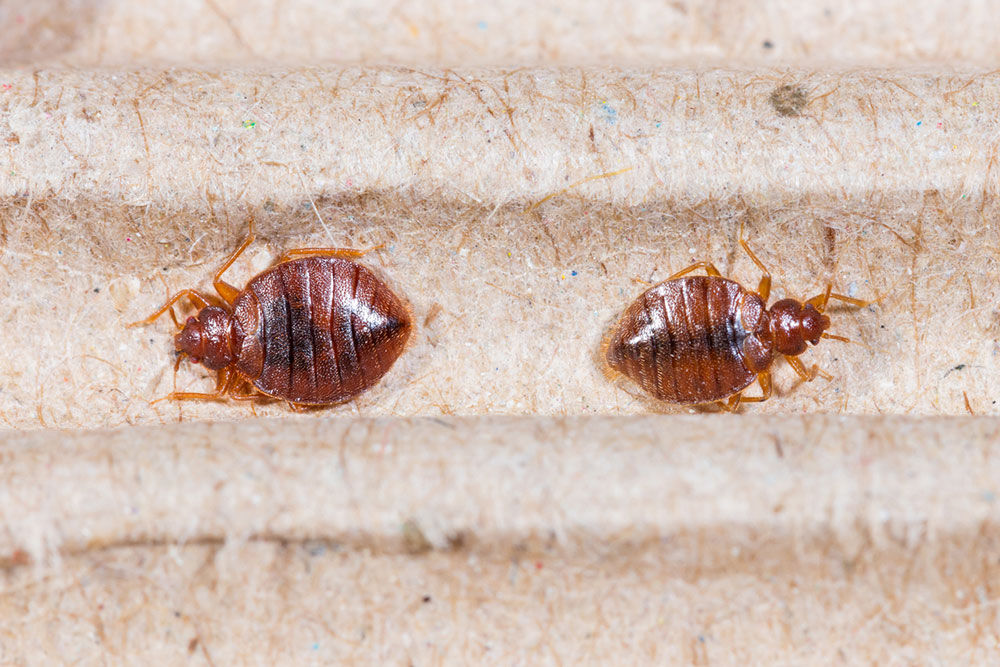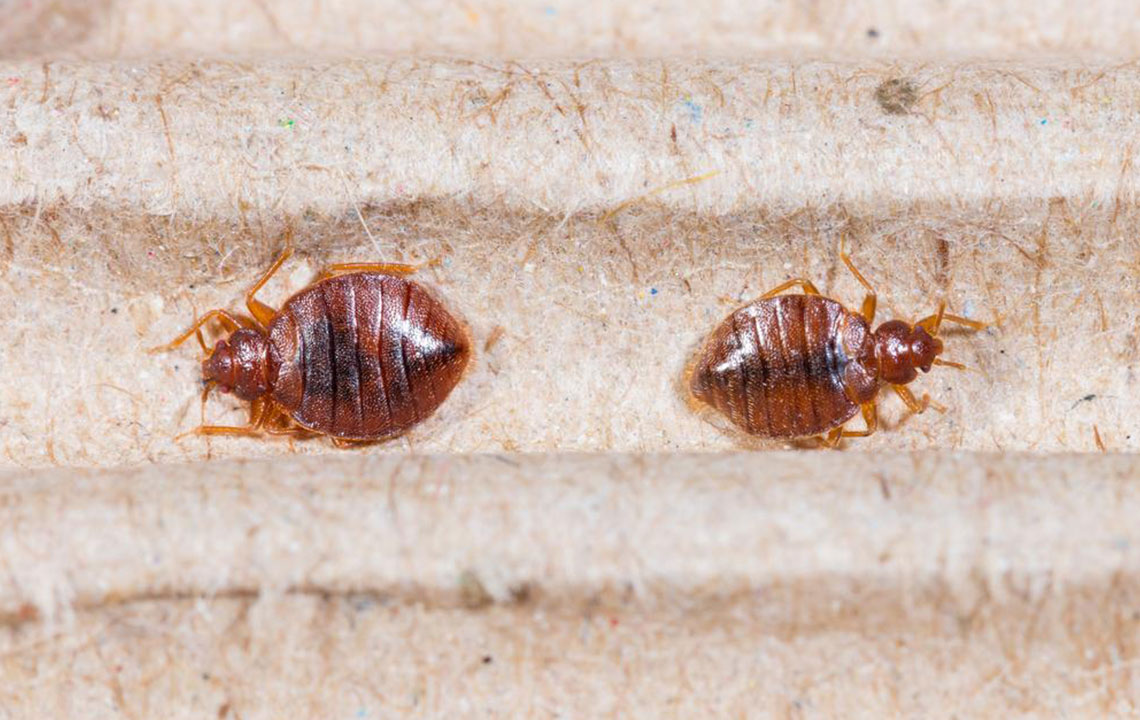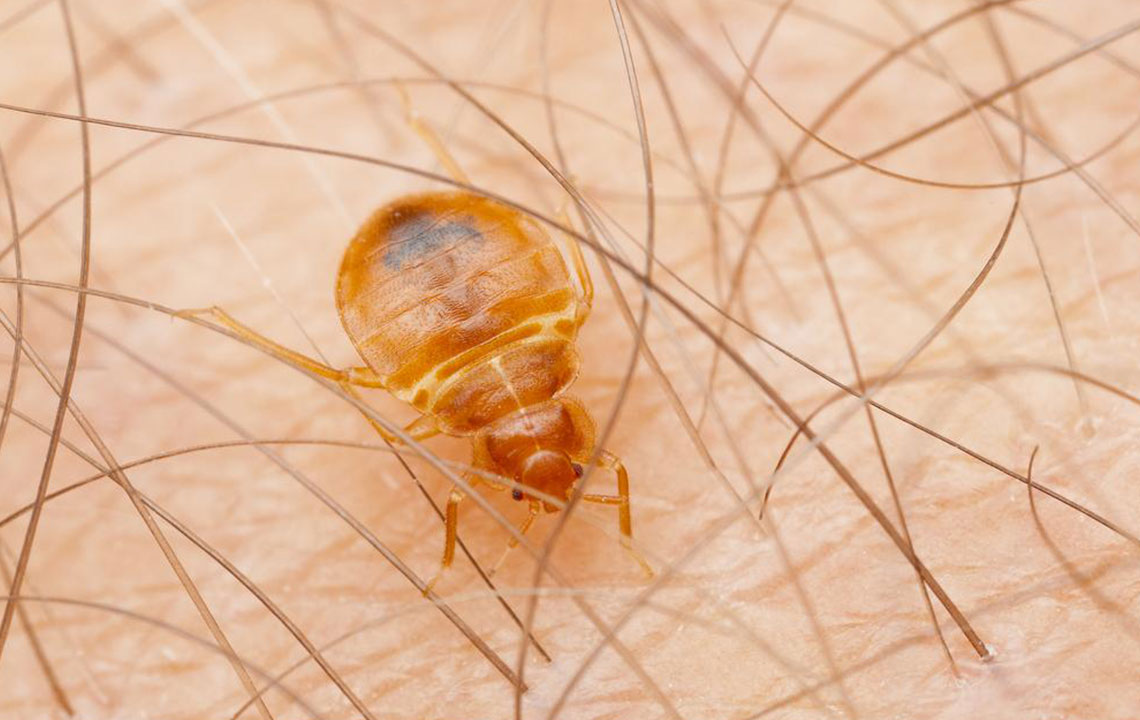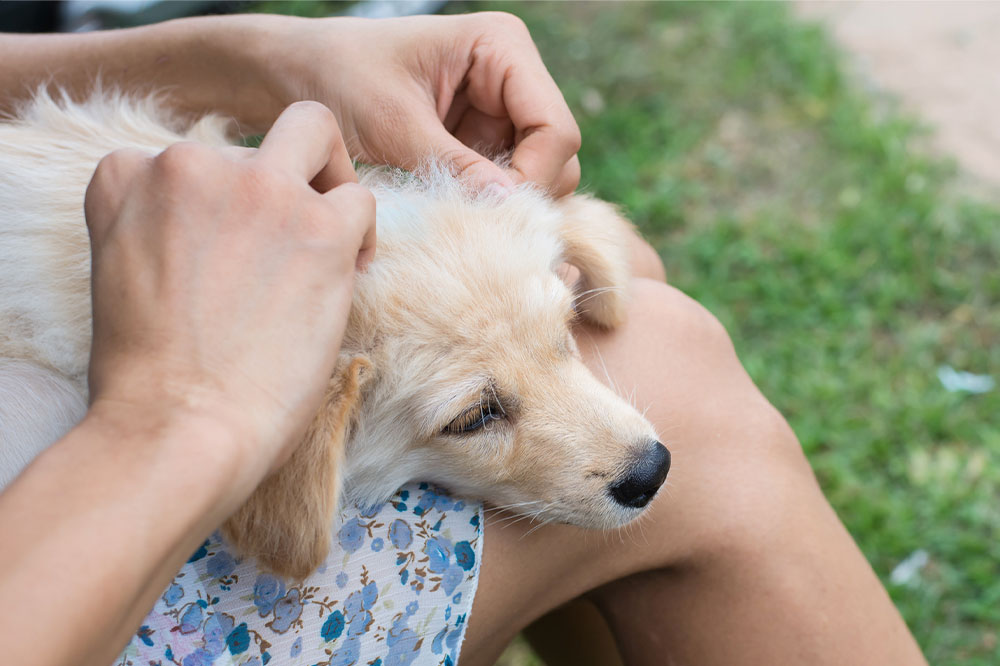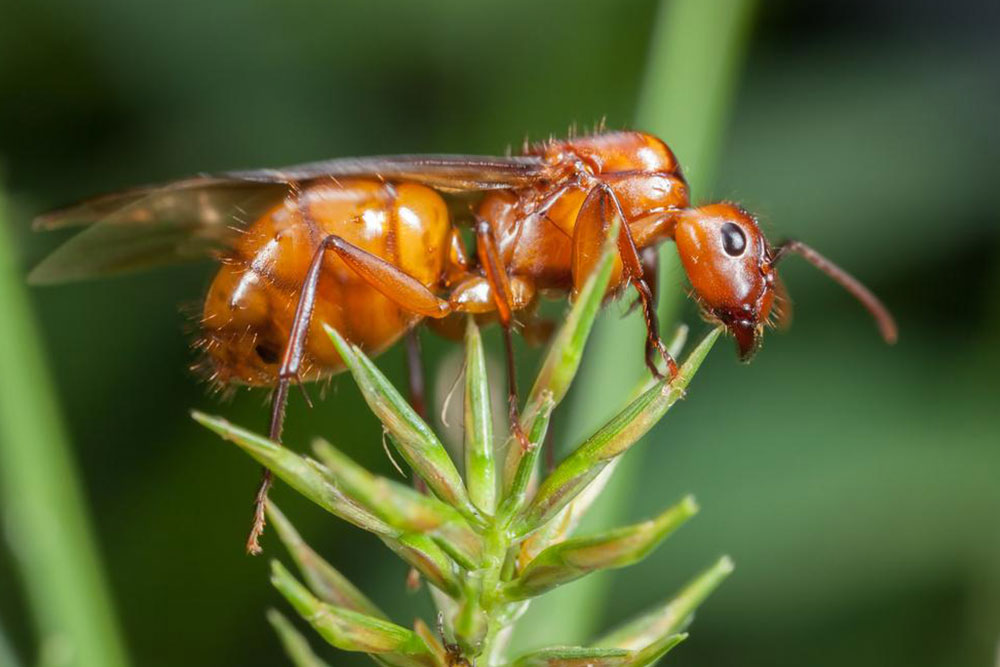How to Recognize and Manage Bed Bug Bites Effectively
Learn to identify bed bug bites, understand their signs, and explore effective treatments and removal strategies. Protect your home by promptly recognizing infestations and seeking professional help to eliminate these pests efficiently and safely.
How to Recognize and Manage Bed Bug Bites Effectively
Bed bugs are tiny pests that feed on blood and infiltrate homes by hiding in walls, bedding, and furniture. They usually bite at night, causing small, itchy bumps that resemble mosquito bites. These bites can be cleaned easily with soap and water, while persistent itching can be alleviated with creams or remedies. Some individuals may develop allergic reactions, so quick identification and treatment are crucial. Recognizing the signs helps in controlling infestations and preventing further bites.
Where do bed bug bites appear?
These bites typically leave small, rash-like marks on exposed skin, especially after waking up. Clusters are often seen on the face, neck, shoulders, arms, hands, legs, and feet.
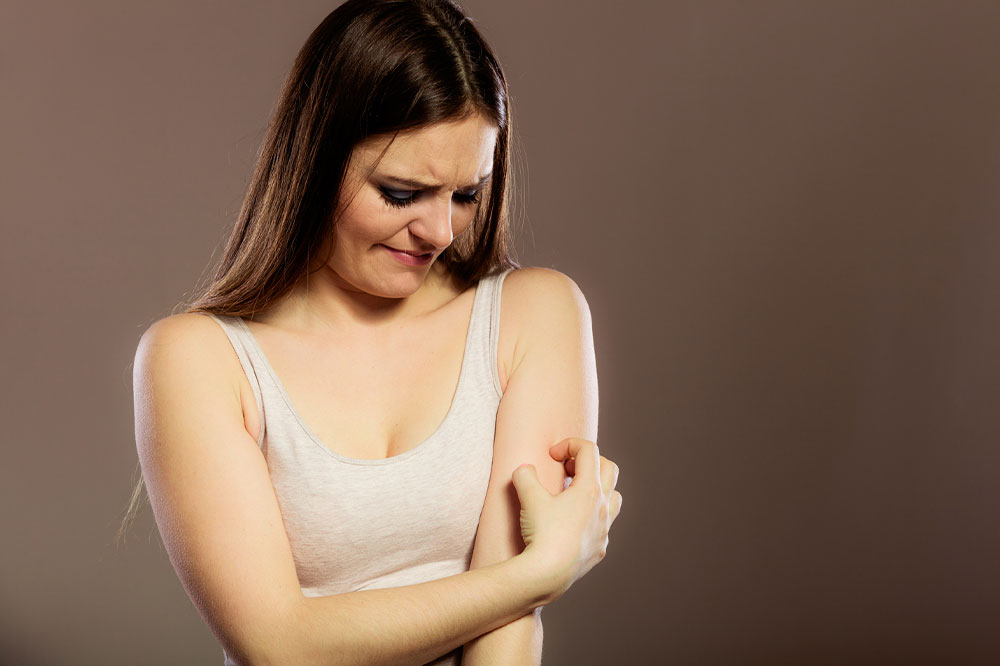
Initial reactions may be minor, with redness and swelling. Sensitive individuals might experience quick or delayed symptoms like redness, irritation, and inflammation. Common signs include:
Itchy bumps with clear centers
Red, itchy clusters in straight or zigzag patterns
Swollen, inflamed skin with dark centers
Pain, burning sensations
Blood spots on bedding or clothes
Inflamed patches or blisters
In rare cases, severe reactions such as fever, difficulty breathing, swollen tongues, or irregular heartbeat may occur, requiring medical attention.
Identifying bed bug bites
If you notice the above symptoms upon awakening, you may have been bitten. Check for bumps that weren’t present the night before. Comparing bites with credible images online can assist in identification. Spotting adult bed bugs can be difficult as they are tiny (as small as 5mm when young) and often translucent or yellowish-white. Mature bugs are about 5-7mm, oval, and reddish-brown to tan in color.
Treatment options
Most bites resolve in 1-2 weeks without treatment. For persistent swelling or itching, consult a doctor. Cleaning the affected skin with soap and warm water is essential. For ongoing discomfort, antihistamines, topical creams, or anti-itch medications are recommended. Severe reactions may require allergy treatments or prescription medications. Infections might need medical attention.
How to eliminate bed bugs?
To eradicate bed bugs, cleaning infected areas thoroughly is vital. Effective measures include:
Scrubbing mattresses with stiff brushes to remove bugs and eggs, then vacuuming thoroughly.
Using mattress encasements to prevent pest movement.
Sealing cracks, repairing peeling wallpaper, and removing clutter to eliminate hiding spots.
Washing bedding, curtains, and linens in hot water regularly.
Drying items like shoes and stuffed animals at high temperatures to kill pests.
Seeking professional extermination services for comprehensive removal.

